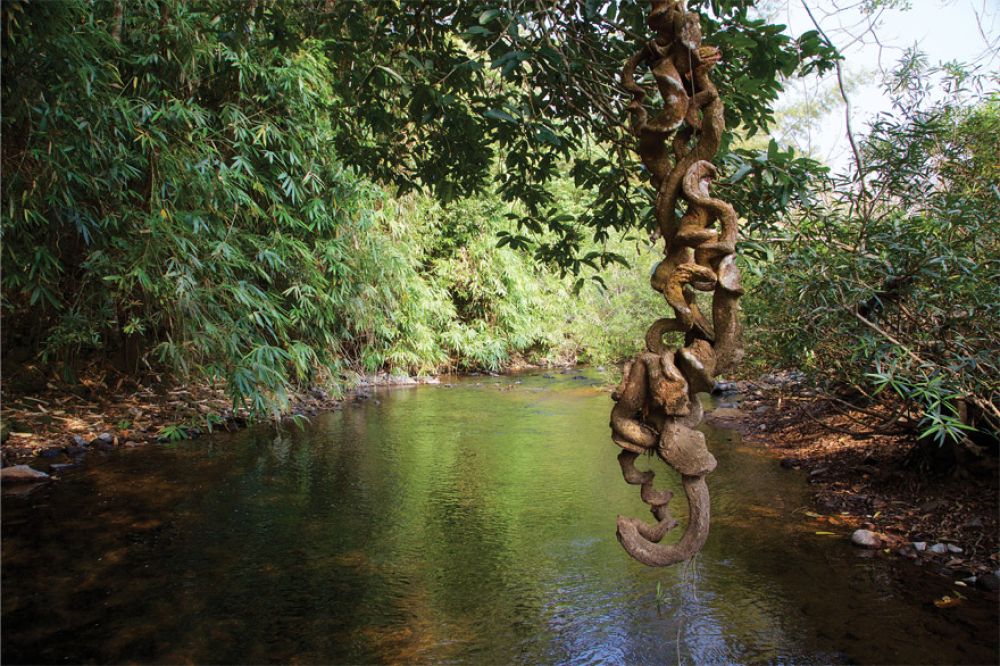

Located in the Palakkad district of Kerala, India, the Parambikulam Wildlife Sanctuary is an exquisite ecological paradise nestled between the Anamalai Hills and Nelliampathy Ranges. This sanctuary, established in 1973, has a long-standing history not just as a protected area but also as a prominent tourist destination for nature lovers and wildlife enthusiasts around the world.
The history of tourism at Parambikulam Wildlife Sanctuary is intrinsically linked to its rich ecological diversity and the recognition of the need for conservation. The area, home to indigenous communities, was once part of the erstwhile princely state of Travancore. The importance of Parambikulam's biodiversity led to its formation as a wildlife sanctuary, creating a safe haven for a variety of flora and fauna, and subsequently, sparking interest amongst tourists seeking the serene beauty of untouched nature.
Over the years, the Kerala government alongside conservation experts, realized the potential for the sanctuary to serve as a significant eco-tourism destination. Efforts were made to develop sustainable tourism ensuring the protection of the sanctuary's resources. The introduction of guided tours, treks, and other eco-friendly activities provided a platform for visitors to explore the vast biodiversity without disturbing the ecological balance.
Today, Parambikulam Wildlife Sanctuary is renowned for its well-organized tourism services which include bamboo rafting, jungle camps, and bird watching trails, all of which offer immersive nature experiences. The sanctuary's management has been pivotal in balancing tourist interests with ecological preservation.
Among the attractions for tourists are the Parambikulam Tiger Reserve, Kannimara Teak (believed to be the largest teak tree in the world), and the Thunakadavu and Parambikulam reservoirs. The diverse wildlife including tigers, elephants, leopards, gaur, and an array of bird species makes it a haven for biodiversity enthusiasts.
Parambikulam is also recognized as a part of the UNESCO World Network of Biosphere Reserves, which highlights its global significance. The sanctuary's approach towards tourism is firmly rooted in conservation principles, often involving local communities and promoting eco-friendly practices. The aim is not just to showcase the wilderness but to educate visitors on the importance of conservation and sustainable tourist practices.
The future of tourism in Parambikulam looks toward enhancing the visitor experience while maintaining strict conservation practices. With growing interest in responsible travel, Parambikulam is poised to set an example in sustainable tourism. Initiatives like online bookings for various activities and accommodation have made the sanctuary more accessible to the modern tourist while preserving the pristine nature of the habitat.
The Parambikulam Wildlife Sanctuary stands as a testament to the harmonious coexistence of nature and tourism when managed with care and foresight. The historical journey of this sanctuary from a mere wilderness to a distinguished eco-tourism destination is a success story that continues to inspire and attract visitors from across the globe. Retaining its mystical charm and ecological integrity, Parambikulam remains a jewel in India's ecological crown, promising unforgettable experiences to all who tread its paths.